
In the fast-paced and ever-evolving landscape of modern business, agility has emerged as a fundamental driver of success. As organizations strive to stay ahead of the curve, Agile Transformation has become more than just a methodology—it’s a strategic imperative, a mindset shift, and a catalyst for innovation. In the quest to explore new horizons and embrace the Agile Frontier, businesses are transforming their structures, processes, and cultures to adapt to change, respond to customer needs, and thrive in dynamic environments.
At its core, Agile Transformation embodies a philosophy of flexibility, collaboration, and continuous improvement. It fosters cross-functional teams, empowering individuals to take ownership of their work and make data-driven decisions beyond traditional hierarchies.. Adopting Agile principles fosters rapid iteration, customer focus, and adaptive planning, enabling organizations to confidently navigate uncertainty and deliver incremental value.
Agile methodologies such as Scrum, Kanban, and Lean provide frameworks for structured experimentation, enabling teams to test hypotheses. Moreover, gather feedback, and pivot quickly based on insights, ultimately accelerating the pace of innovation and driving competitive advantage. Moreover, Agile Transformation extends beyond internal processes to encompass external relationships and market dynamics. By forging strategic partnerships, collaborating with stakeholders, and co-creating value with customers. So, the organizations can adapt their offerings in real time to meet evolving needs and preferences.
Furthermore, Agile Transformation is not a one-time initiative but a continuous journey of learning, adaptation, and evolution. It requires a commitment to ongoing learning, experimentation, and adaptation, as well as a willingness to challenge the status quo and embrace change. So, Agile Transformation represents a paradigm shift in the way businesses approach innovation, collaboration, and value creation. As Agile advances, businesses embracing Agile Transformation will lead and pioneer in the digital age.
In the fast-paced landscape of modern business, the concept of agility has emerged as a crucial factor for success. Agile transformation involves a holistic approach that encompasses various aspects of the organization, including its people, processes, technology, and culture. Organizations are constantly seeking ways to adapt, innovate, and stay ahead of the curve in an ever-changing environment. Agile methodologies, originally developed in the realm of software development, have now transcended. So, their origins to become a guiding principle for businesses across various industries. In this blog post, we will explore the agile frontier, examining its principles, benefits, challenges, and the ways in which businesses can harness its power to navigate new horizons in the competitive marketplace.
At its core, agility refers to the ability to respond quickly and effectively to change. In the context of business, this means embracing flexibility, collaboration, and iterative development processes to deliver value to customers efficiently.
These values underpin the agile mindset, emphasizing people-centric approaches, adaptive planning, and customer-centricity.
Several methodologies have emerged to operationalize the principles of agility in business processes. Scrum, Kanban, Lean, and Extreme Programming (XP) are among the most widely adopted frameworks, each offering unique approaches. It helps with iterative development, continuous improvement, and team collaboration.
Scrum: Scrum emphasizes short development cycles called sprints, regular feedback loops, and cross-functional teams. It promotes transparency, inspection, and adaptation throughout the development process of the organization.
Kanban: As an IT solution consultant, you can easily add, modify, or reprioritize tasks on the Kanban board as needed. It helps to ensure that your team remains focused on delivering value to your clients. It provides real-time visibility into the status of tasks and encourages continuous delivery while minimizing bottlenecks.
Lean: Lean principles aim to maximize customer value while minimizing waste of the organization. It emphasizes the identification and elimination of non-value-added activities, streamlining processes, and empowering teams to make data-driven decisions.
Extreme Programming (XP): XP advocates for practices such as pair programming, test-driven development, continuous integration, and frequent releases. It places a strong emphasis on technical excellence, ensuring high-quality deliverables and customer satisfaction.
The adoption of agile methodologies offers a myriad of benefits for businesses seeking to enhance their competitiveness and adaptability:
While the benefits of agile methodologies are compelling, organizations often encounter challenges when implementing agile practices:
Despite the challenges, businesses can navigate the agile frontier successfully by adopting a strategic approach:
Business transformation efforts are increasingly focusing on becoming more agile to adapt to these changes effectively. By embracing agile methodologies, organizations can unlock new horizons, drive innovation, and thrive in an increasingly competitive marketplace. While the journey to agility may present challenges, the benefits far outweigh the risks, offering businesses the opportunity to adapt, evolve, and flourish in the face of uncertainty. So, it continuous improvement, paving the way for a brighter future of business excellence and resilience. To know more about this, visit our website.
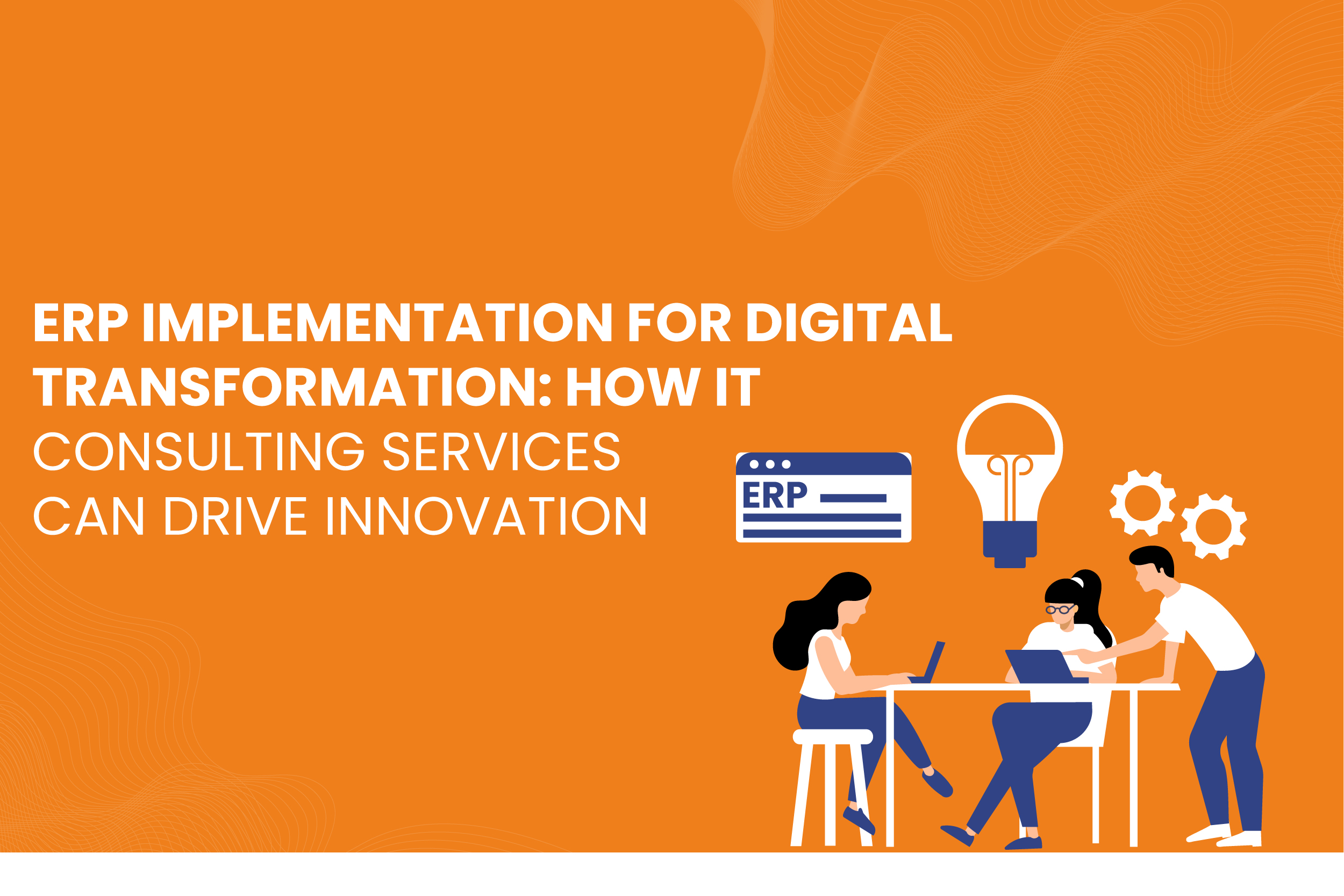
In today’s fast-paced digital landscape, businesses must adapt to changing technologies and customer expectations to remain competitive. One of the most effective ways to achieve this adaptability is through digital transformation, which involves integrating digital technologies into all areas of a business. A critical component of this transformation is Enterprise Resource Planning (ERP) systems.
Read More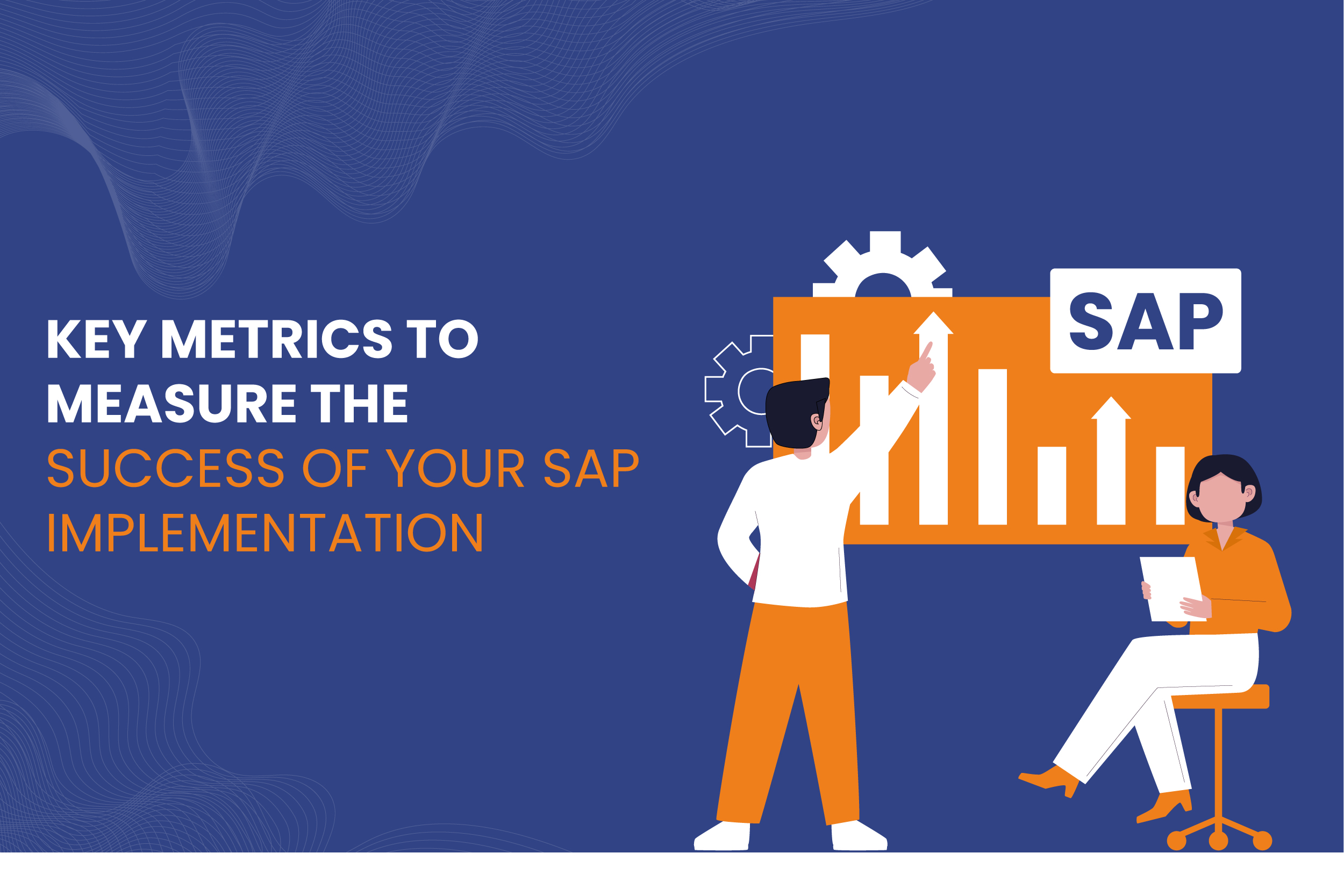
Implementing an SAP system can be a transformative step for organizations aiming to enhance their operational efficiency, streamline processes, and improve data visibility. However, success in an SAP implementation goes beyond simply completing the project on time and within budget. It involves measuring and analyzing key performance metrics that provide insight into how effectively the system is being utilized and whether it meets the organization’s objectives.
Read More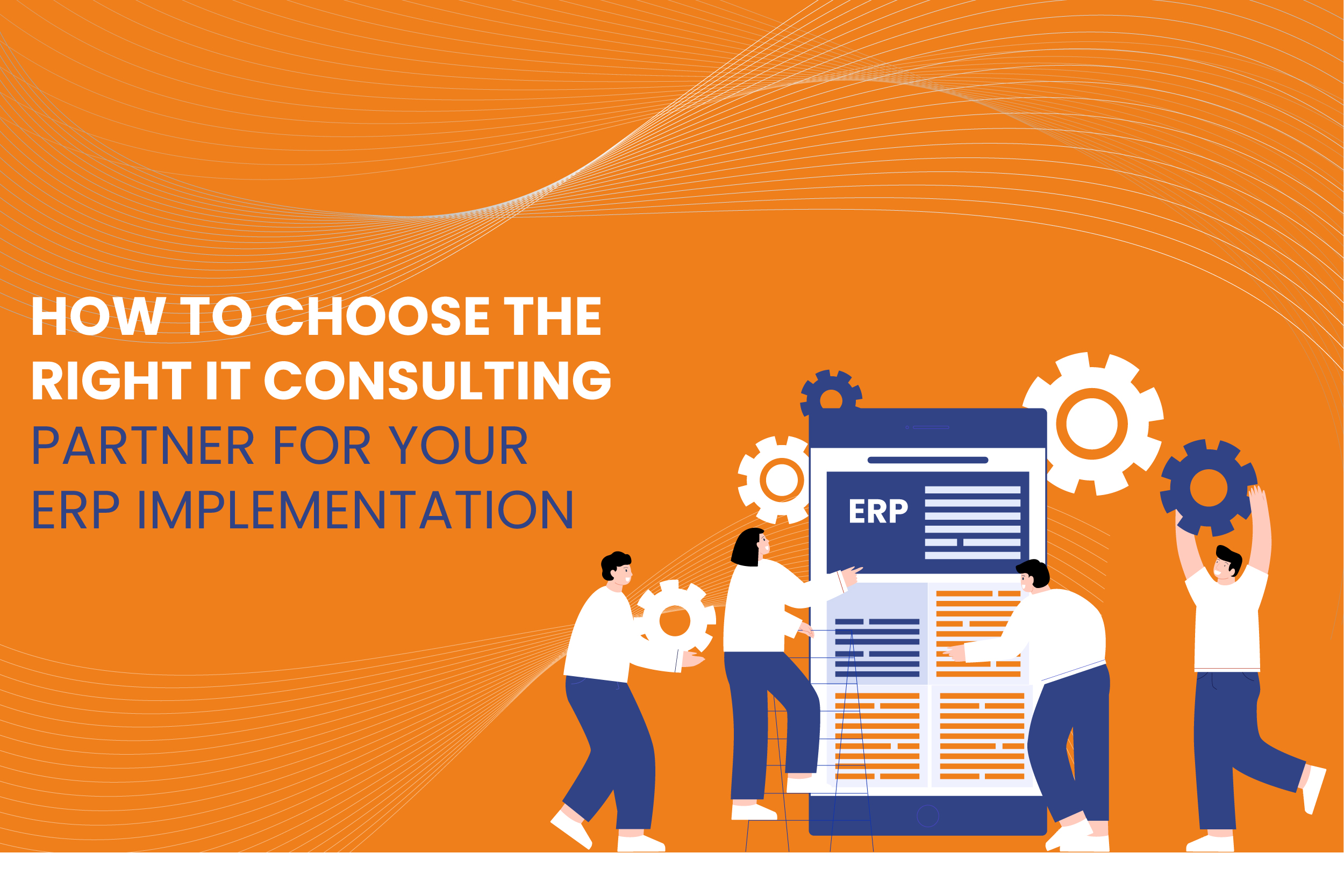
In today’s fast-paced business environment, efficient systems and processes are vital for success. Enterprise Resource Planning (ERP) systems like SAP are central to this, helping organizations streamline their operations, manage resources more effectively, and drive productivity.
However, ERP implementation is a complex and often challenging process that requires a skilled IT consulting partner to ensure success. Selecting the right IT consulting services for your ERP implementation, especially for SAP, can make the difference between seamless integration and costly disruptions.
Read More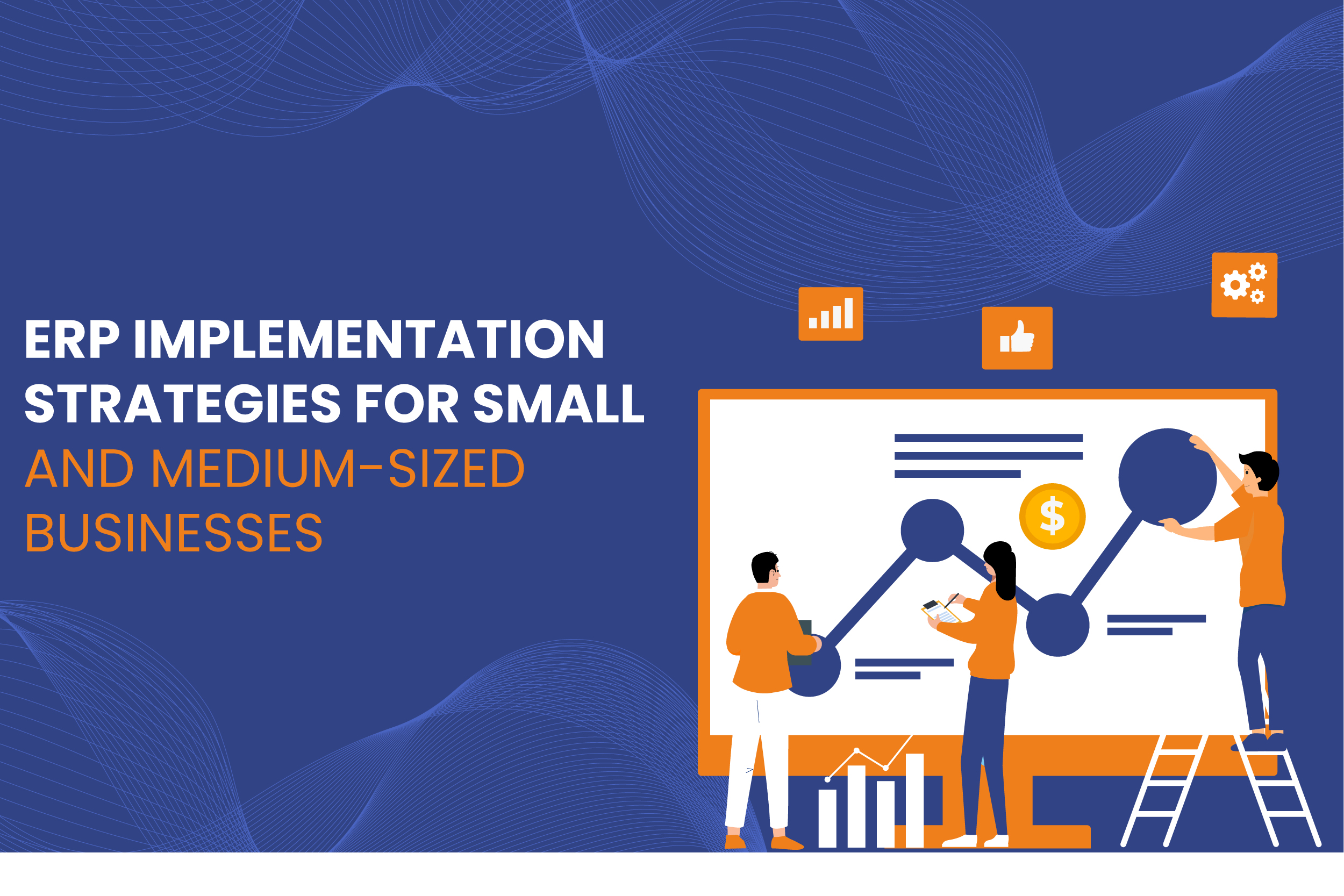
ERP systems have become indispensable tools for businesses looking to streamline operations, improve efficiency, and maintain a competitive edge. However, implementing ERP solutions can be daunting, especially for small and medium-sized businesses (SMBs) with limited resources.
The complexity of the process, cost concerns, and the need for seamless integration across departments pose significant challenges. To overcome these, SMBs must adopt tailored ERP implementation strategies that align with their unique requirements.
Read More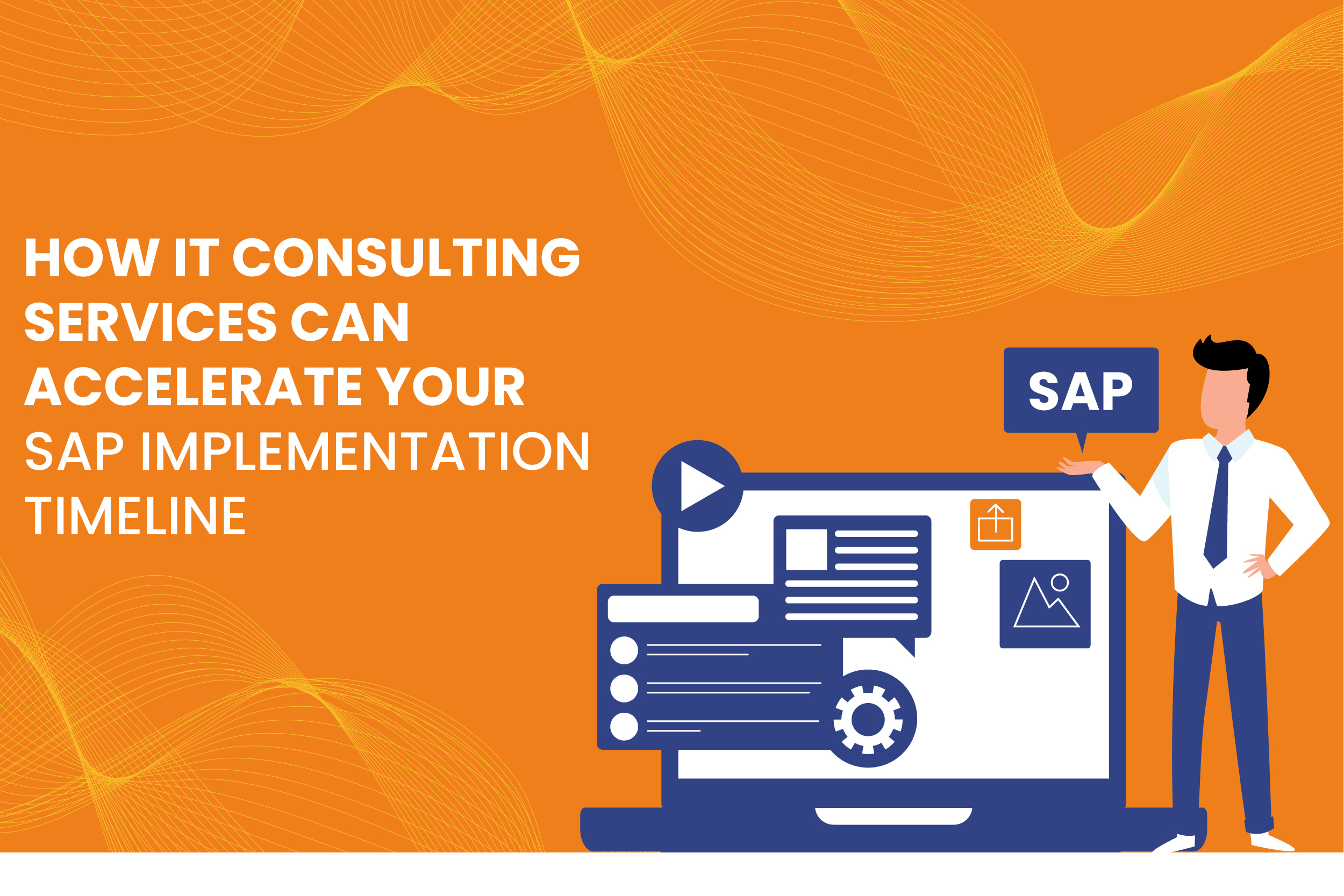
In today’s fast-paced business environment, Enterprise Resource Planning (ERP) systems like SAP (Systems, Applications, and Products) are crucial to streamlining operations, improving efficiency, and supporting growth. However, the process of SAP implementation can be complex and time-consuming, often putting a strain on internal resources.
This is where IT consulting services come into play, providing the necessary expertise and support to accelerate your SAP implementation timeline. By leveraging specialized knowledge and proven strategies, IT consulting services can significantly shorten the time required for successful SAP deployment, helping organizations stay competitive and responsive to market demands.
Read More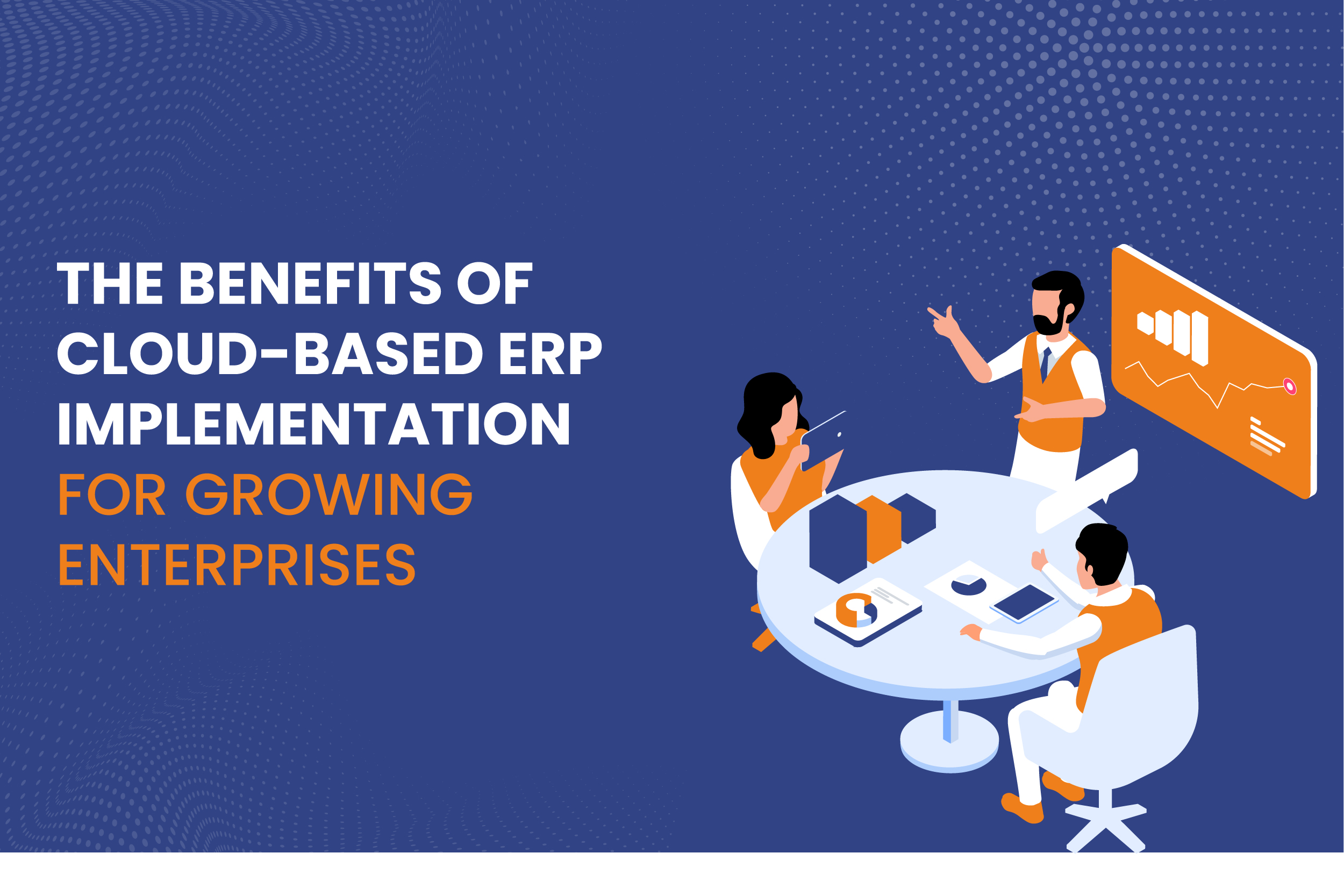
As enterprises scale, managing resources, streamlining operations, and maintaining flexibility become crucial challenges. To address these challenges, businesses increasingly turn to cloud-based Enterprise Resource Planning (ERP) systems.
ERP solutions have long been vital in centralizing various business functions like finance, human resources, supply chain management, and customer relations into a unified system. In recent years, the shift to cloud-based ERP systems has offered even greater benefits, particularly for growing enterprises.
Read More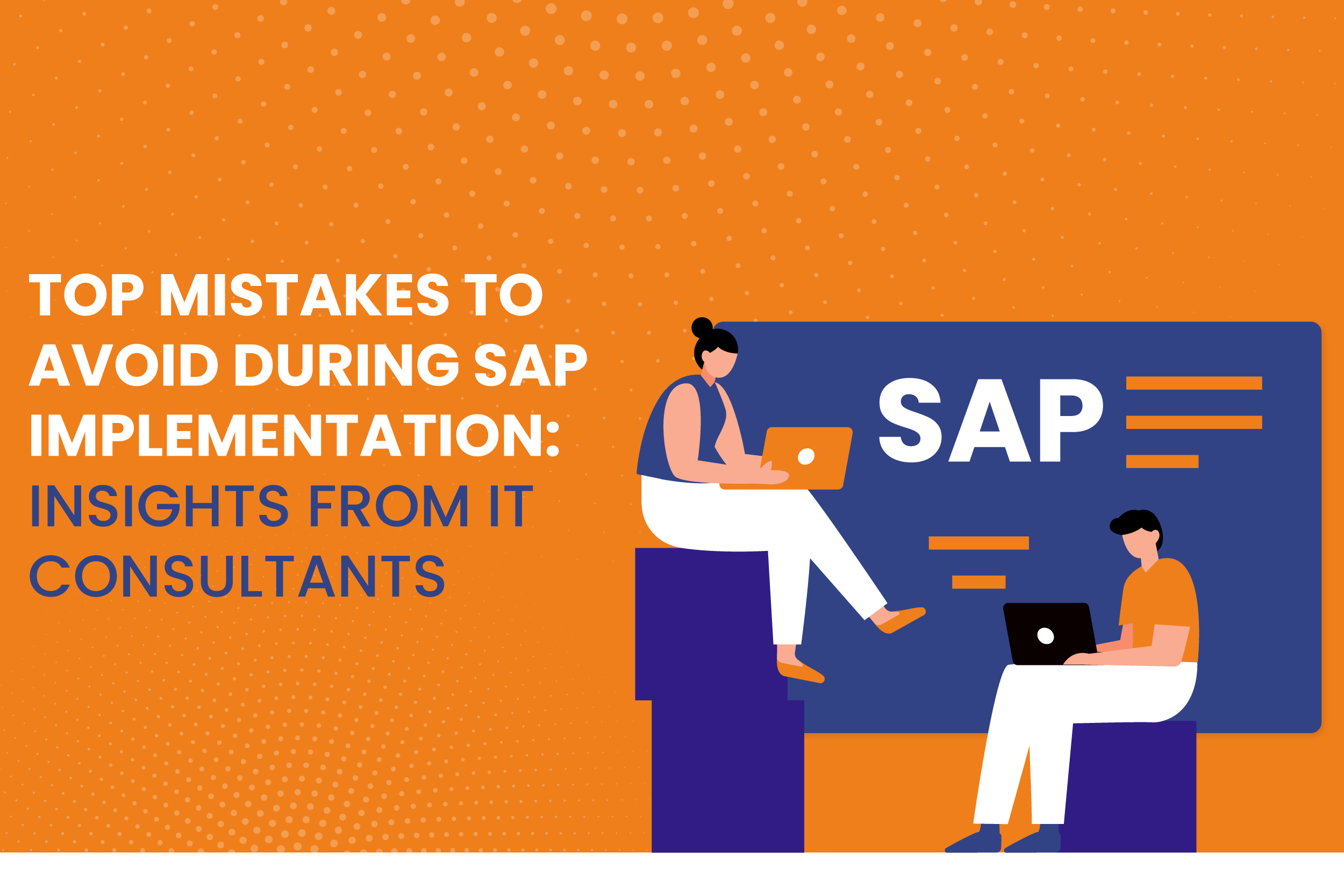
Implementing an Enterprise Resource Planning (ERP) system like SAP can significantly transform an organization’s operations, boosting efficiency and data accuracy. However, an SAP implementation is a complex process that requires meticulous planning and execution. Many companies fail to realize the depth of such projects and commit avoidable mistakes that lead to delays, cost overruns, and frustration.
Read More
In today’s competitive business environment, organizations must be equipped with efficient, reliable, and scalable systems to manage their operations. Enterprise Resource Planning (ERP) solutions provide companies with the tools to streamline their processes, integrate various departments, and enable data-driven decision-making.
Among the vast array of ERP solutions, SAP is one of the most well-known, but it’s not the only option. Businesses must consider whether SAP or another ERP solution is the right fit based on their unique needs.
Read More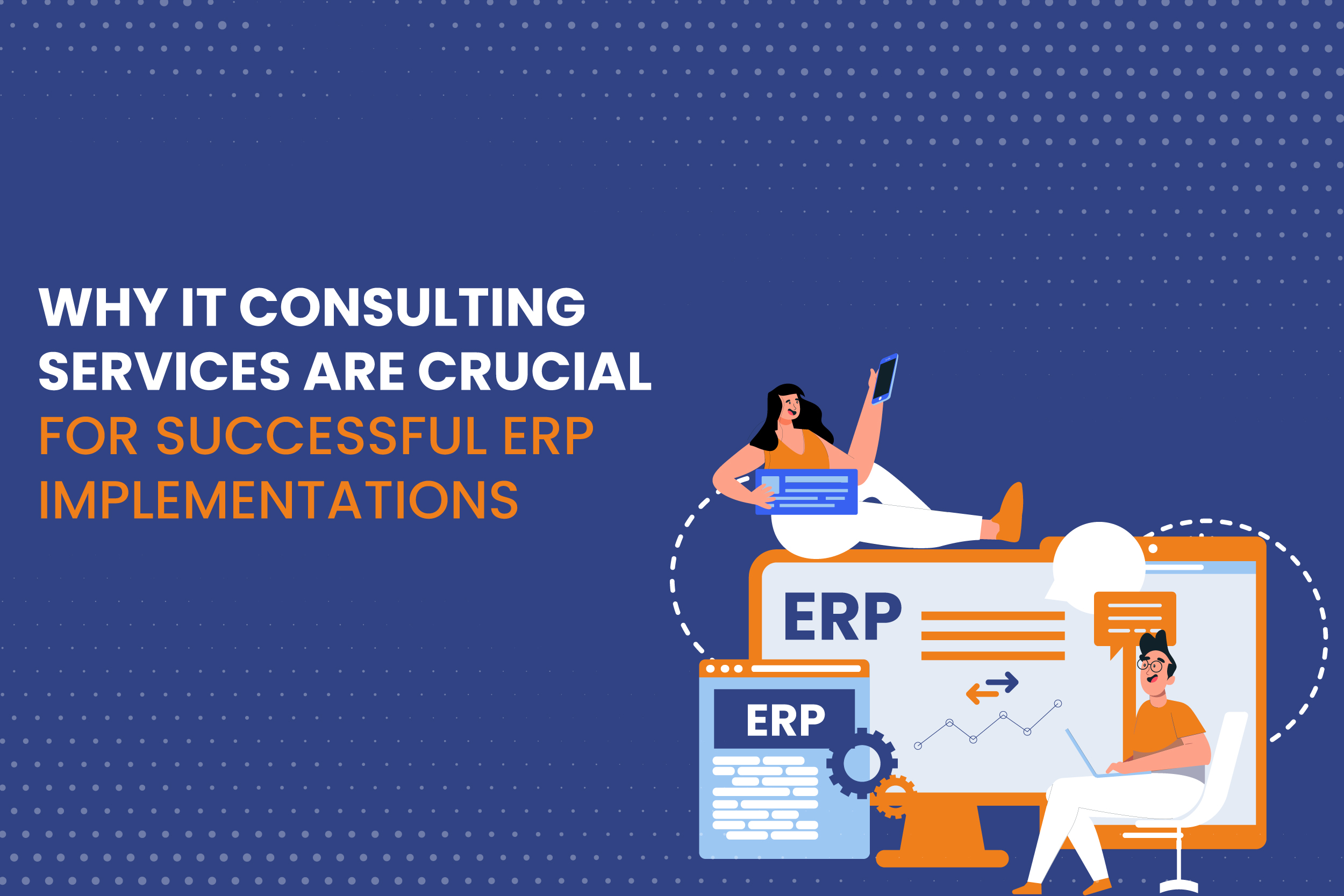
Enterprise Resource Planning (ERP) systems have become the backbone of modern business operations. Whether it’s handling financials, human resources, supply chains, or manufacturing processes, ERP solutions streamline and automate vital business functions, fostering efficiency and growth. SAP, one of the leading ERP platforms, is often the go-to choice for organizations due to its robust and customizable features. However, ERP implementation—whether SAP or another system—is not without challenges. This is where IT consulting services play a pivotal role.
The complexities of ERP implementations require specialized expertise, and IT consulting services provide the technical know-how, strategic planning, and ongoing support that are critical to successful deployment and long-term functionality.
Read More
In the rapidly evolving business landscape, enterprise resource planning (ERP) systems are essential for companies looking to streamline operations, improve data accuracy, and enhance decision-making processes. As we look toward 2025, the future of ERP implementation is promising, with significant trends emerging that are reshaping how organizations deploy and manage their ERP systems. From advancements in SAP implementation to innovations in IT consulting services, businesses must keep a keen eye on these trends to remain competitive.
Read More
Leave a Reply